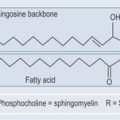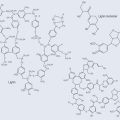Chapter 1 Introduction
This book has probably been in the making for at least 20 years. At Chiropractic College, I was forced to wade through enormous tomes on orthodox pharmacology in order to weed out those drugs relevant to my professional needs from the more obscure ones whose use was limited to the highly supervised environment of a hospital.
Having said this pharmacology is not an area of instant comprehension. Like playing a musical instrument, it takes time to build up proficiency. The way the book has been constructed, however, with numerous cross-referencing, should make the process easier.
Any omissions are generally in areas where the items are not normally encountered in clinical practice, e.g. in Chapter 22 ‘Terpenes’, sesterpenes – which are not normally found in plant material – have been left out, as have the more obscure orthodox drugs. I have relied on 20 years of clinical experience to cover the subjects you are mostly likely to need on a daily basis; the final chapter outlines some basic principles on how to investigate a query further.
Conclusion
If you take the time to work through the book systematically you will be able to start to read drug and herbal monographs in more depth and with more application, and to interpret research papers to a reasonable degree and relate them to your clinical experience. The final chapter in the book gives information on reliable websites and also a very basic introduction to aspects of evidence-based medicine and pure laboratory research.






